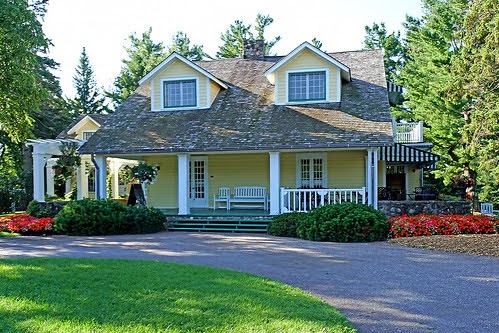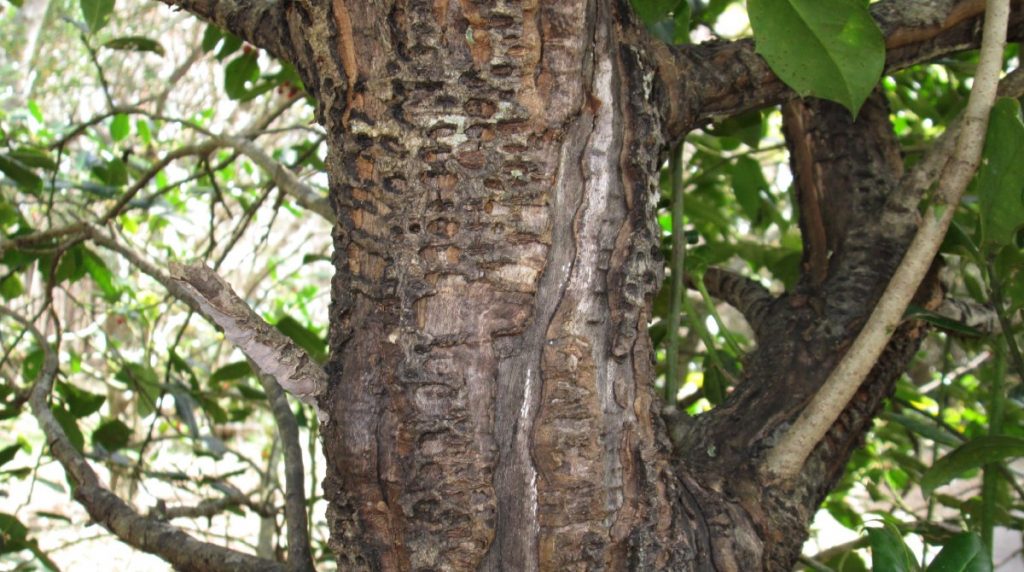
Date April 19, 2023
Have you noticed a strange white or grayish substance growing on your plants, shrubs, or trees? If so, your plants probably have the common fungus, powdery mildew. While powdery mildew is rarely fatal to your Dallas-Fort Worth area plants, this fungus can weaken the plants so they won’t thrive or flourish.
What Is Powdery Mildew?
Image via Flickr by Scot Nelson
Powdery mildew is a group of fungi that affects the leaves, stems, and occasionally the flowers of a variety of plants, trees, or shrubs. Interestingly, each type of powdery mildew fungi attacks different species of plants. For example, the type of powdery mildew that attacks your spruce tree may not infect your cypress tree. If you notice signs of powdery mildew, it’s important to consult with a professional arborist who can treat the powdery mildew that is specific to the plant.
What Are the Signs and Symptoms of Powdery Mildew?
As the name implies, you’ll notice a white powder-like growth spreading across the foliage of the infected plants. In the early stages of a powdery mildew infection, you’ll see small circular spots, mostly on the top side of the leaves. As the infection spreads, the fungi attack the stems, flowers, and fruit of the plants if applicable. In advanced stages, the plants will become yellow or discolored and wither. If left untreated, the powdery mildew will prevent the plant from performing photosynthesis and absorbing nutrients. An infestation of powdery mildew will eventually cause enough damage to kill the plant.
Why Do My Plants Get Powdery Mildew?
Powdery mildew will often attack plants in poor soil that’s been overwatered. This group of fungi also attacks plants grown in low light or that have dense foliage. Powdery mildew thrives on plants in high humidity and that have a lack of air circulation because of under-pruning of the plants. It’s important to spot and treat powdery mildew as soon as you notice it to prevent it from spreading to unaffected parts of the plant or other plants in your yard.
What Can I Do To Prevent or Cure Powdery Mildew?
The best way to prevent powdery mildew is to have a professional arborist prune your trees to allow light in and encourage air circulation. Consult with your tree-care service about proper fertilization and irrigation practices to keep the plants healthy.
Once the plants have become infected, your arborist will determine the best approach to treatment depending on the type of powdery mildew fungus attacking your plants and the severity of the infection. Generally, sulfur dust and sprays can help eliminate powdery mildew. However, if the solution that is applied is too strong, the treatment can burn the leaves or needles of the plants.
If you think any of your trees, shrubs, or plants have powdery mildew, contact our team at TreeNewal for help. We can assess the powdery mildew infestation and apply treatment to preserve the integrity of your plants and trees. Give us a call at 817-533-8439 or contact us to schedule an appointment for all of your Dallas-Fort Worth area tree care needs.









